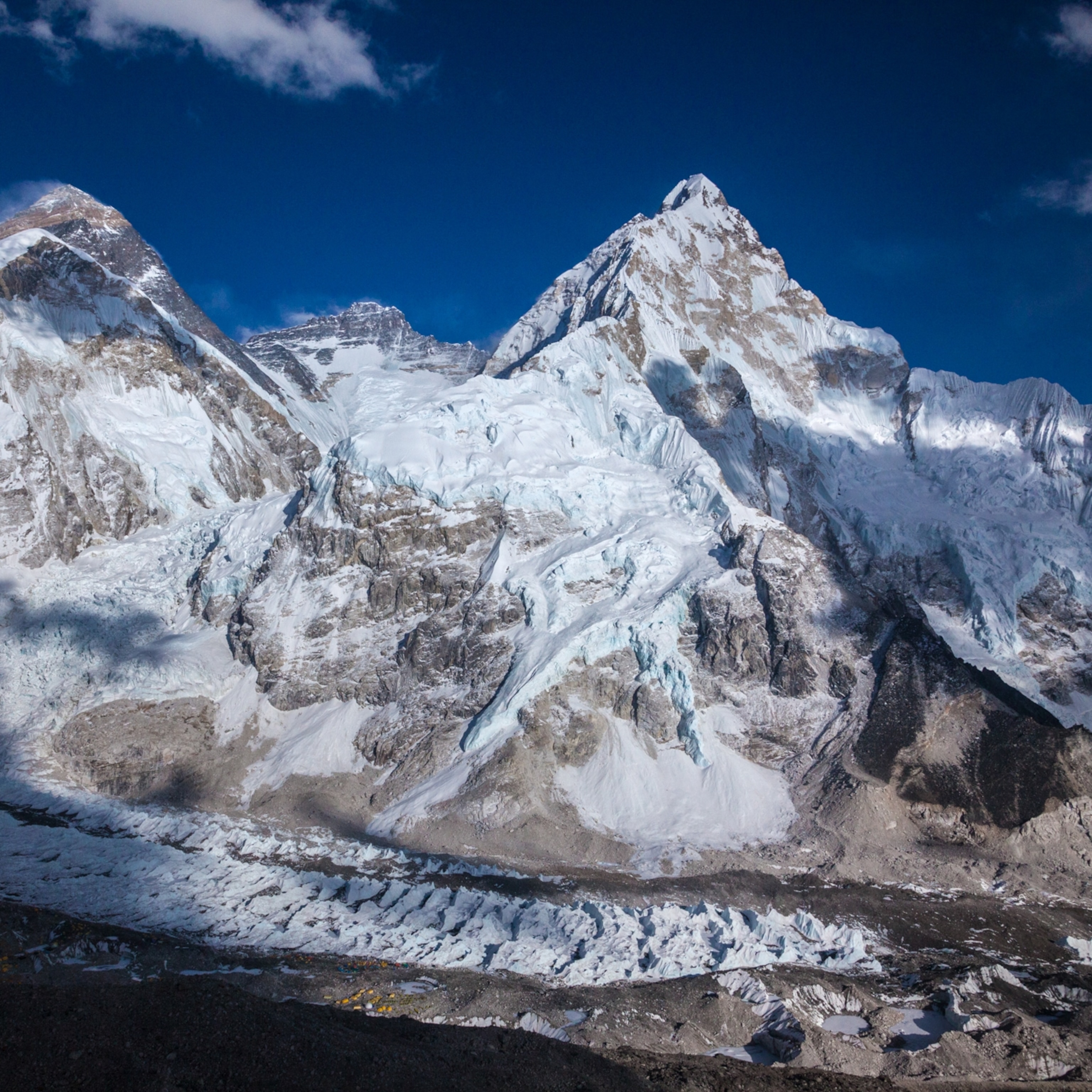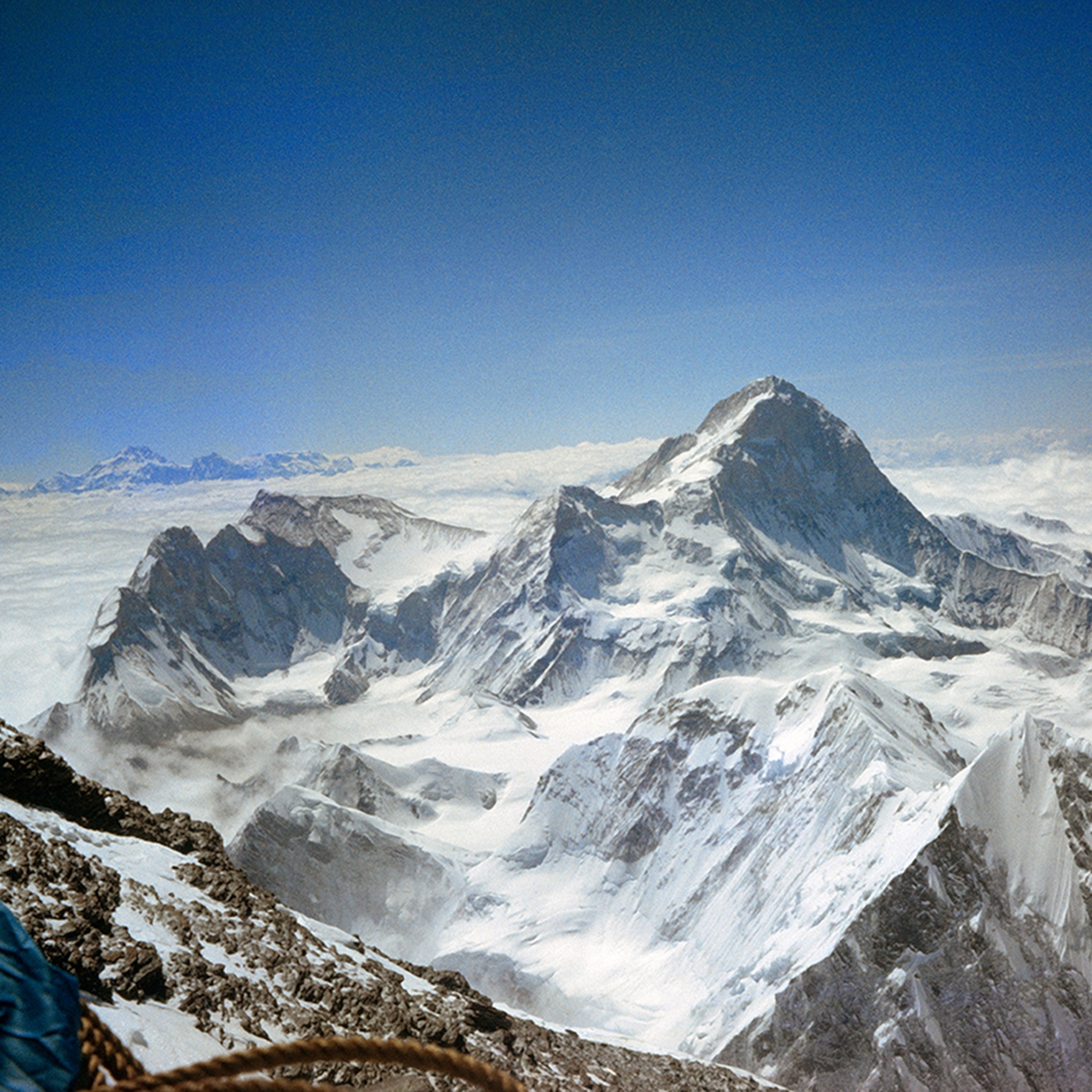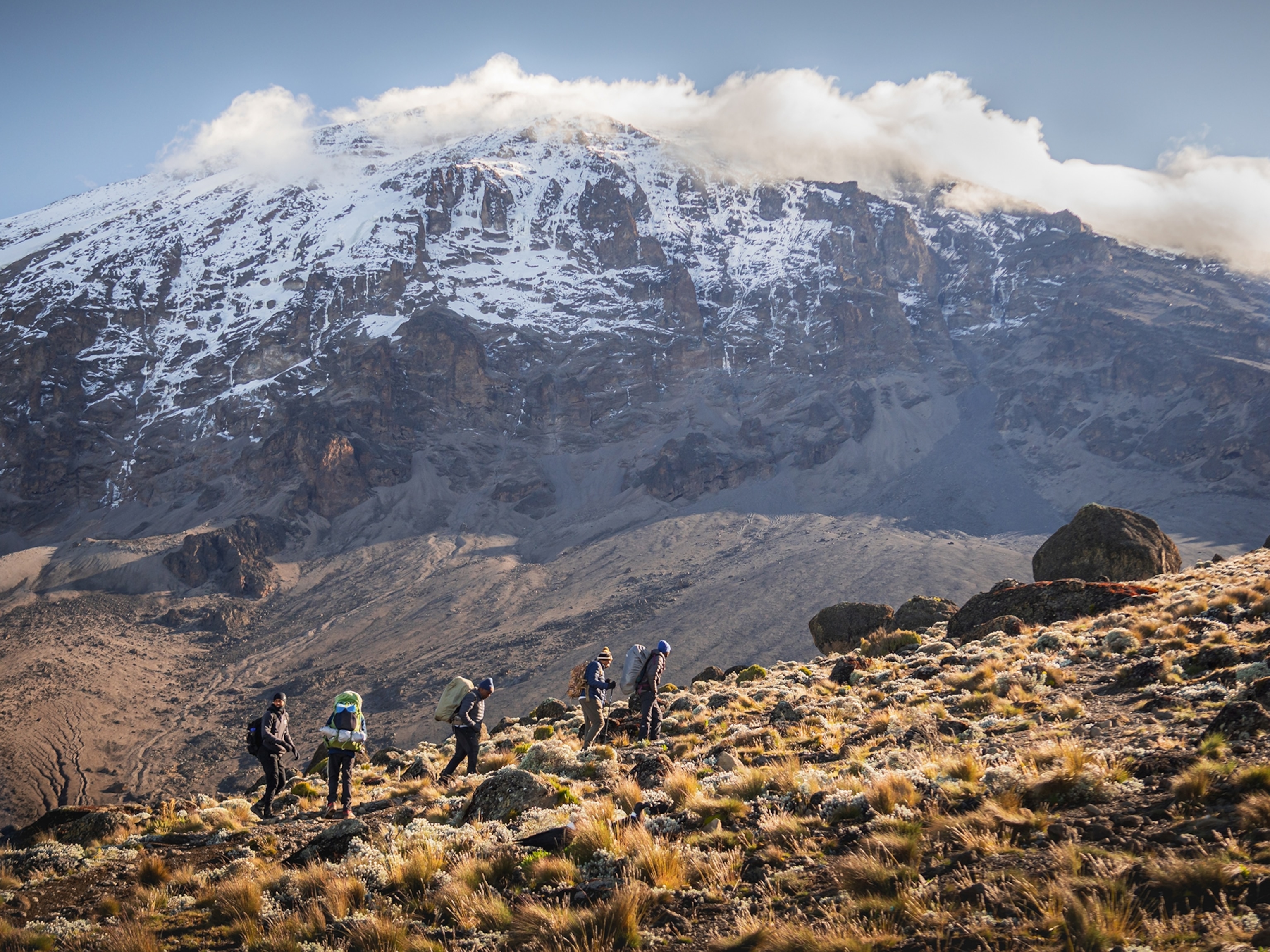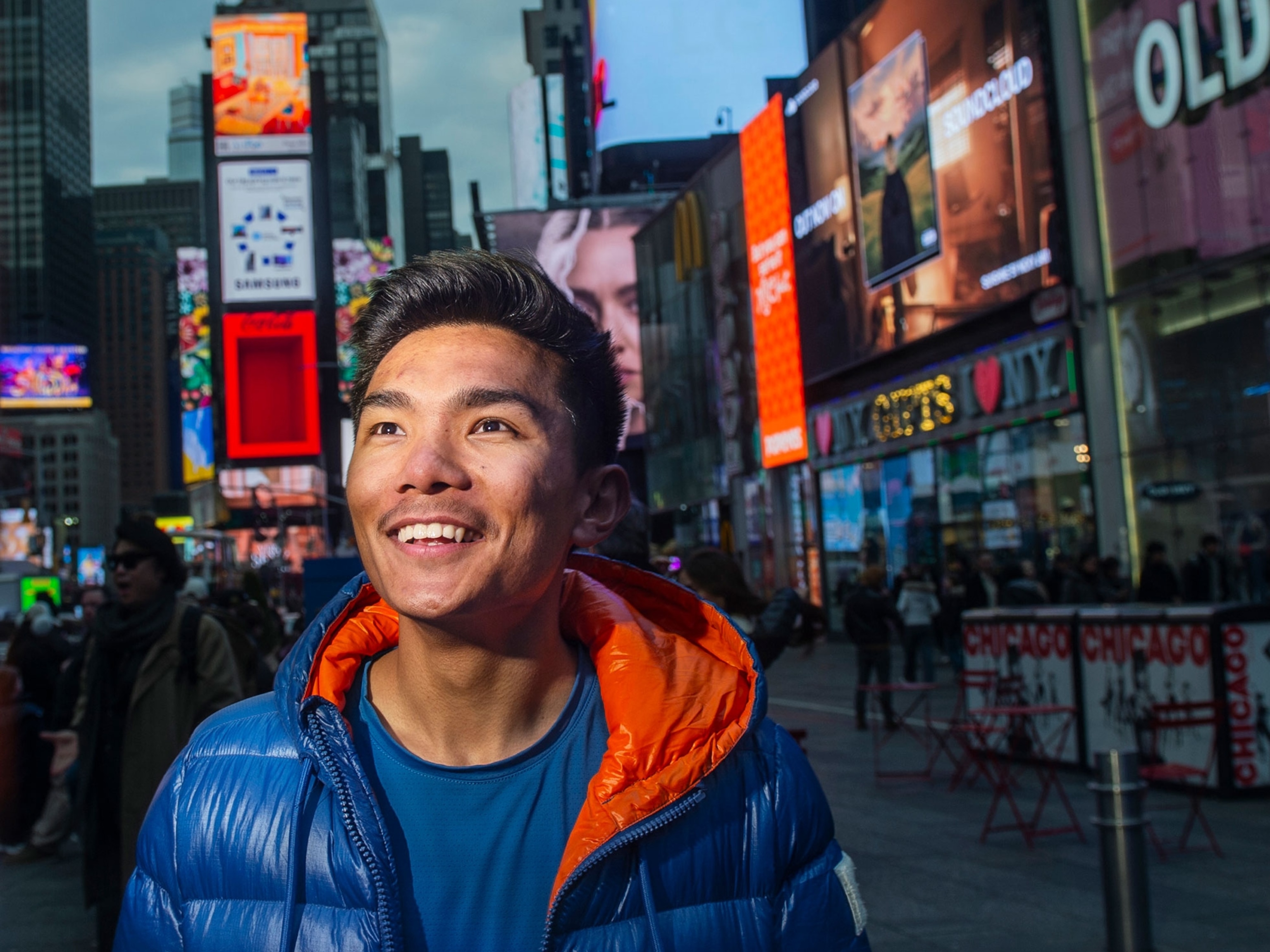
Chasing Mountains and Macchiato in the Balkans
Kosovo was a conflict zone in the 1990s, but now this small Balkan nation—and its neighbors, Macedonia and Bulgaria—are emerging as southeastern Europe’s adventure sports nexus.
The Balkan Peninsula remains largely unexplored by modern adventurers, and there are surprises at every turn. Pristine mountains, rich cultural traditions, and a fascinating geopolitical history make Kosovo, Macedonia, and Bulgaria a trio of inspiring destinations for travelers in search of the unexpected.
Kosovo: Newborn and Undiscovered
Petrit Riza takes another gulp from his malty, golden lager and mindfully sets it down. The Albanian former rock star from the 1980s is now a seasoned adventure tour operator. In a low voice he explains, “In Kosovo, tradition and family are more important than religion or politics.”
It’s my first day in this emerging, and somewhat controversial, new nation and I scratch my jet-legged head trying to understand. How has Kosovo, a conflict zone nearly 20 years ago, become a crossroads of Muslim, Christian, Orthodox, and Jewish faiths, all united and ushering in a new wave of tourism and adventure travel?
Riza just might hold the answer. He’s a youthful 50-something with salt-and-pepper hair, a renaissance man who has spent years helping to redefine his country. Based in Pristina, Kosovo’s capital city, Riza’s company, Air Tour, integrates cultural and historical outings paired with hearty regional food, where he talks gastronomy with enthusiasm. He’s a national music legend through his band Gjurmet (active from 1980 to 1987) and has performed on some of the biggest stages in Europe. While Riza still enjoys celebrity status, those days are largely nostalgic. He swills the rest of his beer, sets the empty glass down on the table and declares: “In Kosovo, we make the best macchiato in all of Europe—we’ll have one in the morning.”
For me, Kosovo is fabled not for the espresso, but for the Dinarica Mountains. These lesser known peaks don’t share the same vertical escarpment as Europe’s central Alps (in France, Italy, Switzerland, or Austria), but they are imposing and legitimate as you begin to consider them for trekking or technical climbing. Kosovo also has an inseparable tribe of mountain people who have, despite years of war and conflict, sewn together in a rich tapestry of mountain culture, strengthened by their independence and resilience.
Not surprisingly, I click immediately with Uta Ibrahimi, Riza’s business partner, a 32-year-old outdoor lover whose life passions take flight from Kosovo’s wild and undiscovered summits. Ibrahimi takes adventurers like me to experience her country’s high peaks or single-track mountain biking through her tour company, Balkan Outdoor Experience. She sports mirrored sunglasses and tattoos and has edgy and defining style points punctuated with her signature boyish bangs. Well-known in outdoor communities throughout Kosovo, she’s also an outspoken member of the LGBT community in a country that is “still progressing,” as she describes it.
Ibrahimi scoops me up the next day from the four-star Hotel Sirius and gives me a personal tour of downtown Pristina. It’s a chance to see cultural landmarks like the large statue of former U.S. President Bill Clinton, a historical figure in the Balkans for his role with NATO, helping to end the conflict in Kosovo more than 17 years ago; and the iconic “Newborn” obelisk monument, a symbol of the country’s recent independence and fierce desire for statehood and recognition by Europe and the Balkans. After coffee, Ibrahimi patiently lets me geek out on the cool blue flag of Kosovo (she loans me money to buy a souvenir-size one), which reigns proud atop the buildings throughout the capital.
“We’ve been playing catchup in the past 30 years,” explains Riza later that afternoon—over macchiatos, of course. September 2016 marks the fourth anniversary of Kosovo’s unsupervised independence from the United Nations Mission in Kosovo, and the country’s new identity is apparent everywhere. Stylish urban development is booming throughout downtown Pristina. Young people walk purposefully in every direction. The emerging country has a mean age of just 29 years, but the nation is also tempered with memorials from the Albanian-Serbian civil war, which ended in 1999 and took an estimated 10,000 lives. Mother Teresa Boulevard, an elegant outdoor pedestrian-only corridor, where tanks once rolled through the city center, is now thriving with cafés, gift shops, restaurants, and nightclubs.
“It’s been nearly 20 years since the war,” adds Riza. “It’s time to move forward.”

The next morning, Ibrahimi introduces me to a small team of seasoned world travelers from the U.K., Poland, Germany, and the U.S., with whom I’ll be sharing the mountains in the days ahead. We saddle up with a bike tour across the countryside, just outside Pristina, pedaling through farmland alongside rural homes that see few visitors.
The following day, we climb a stunning 300-meter via ferrata—a steel cable route fixed to the cliff walls—above the mountain town of Peja, where jagged peaks pierce the clouds. Our team scrambles up a network of ladders and pegs sticking out from of rock while we safely stay clipped into the adjacent steel cable. The valley floor falls dizzyingly away from my feet and I welcome the adrenaline rushing into my veins.
Days later at the rustic mountain guesthouse in Struzha, above Kosovo’s southern city of Prizen, our team circles around a bonfire and watches the yellow-orange light dance on the canopy of trees. Riza splashes delicious red wine in our glasses, and a half-moon illuminates the snowcapped, 2,400-meter Scarpa Peak, tomorrow’s final destination.
Nearing Scarpa’s apex, Kosovo’s unspoiled peaks are omnipresent, and even bigger adventures begin to dance in my head. These are just some of the mountains of the Via Dinarica, a nearly 2,000-kilometer-high alpine trail—still a work in progress—created for serious backpackers. Few Americans know of its existence. The line laces together the ridges and summits south from Slovenia through the former Yugoslavian and neighboring states of Bosnia-Herzegovina, Serbia, Croatia, Montenegro, Albania, and Kosovo, and ends in the Shar Mountains of Macedonia.
On the summit, we unfurl my larger blue flag of Kosovo (a gift from Riza) and our team sets up for a victorious selfie. Edis Kursha, our mountain guide from Prizen, holds my hand in solidarity as I depress the shutter. A sense of pride, unity, and a celebration of life take flight. This is the promise of Kosovo.
Macedonia: The Gem of Lake Ohrid
By the time I cross the border south from Kosovo into Macedonia, the sun is already setting on the Shar Mountains. I’m headed to the romantic town of Ohrid, adjacent the shores of magical Lake Ohrid. Hours later I check in late to Villa Mar Kliment, a charming family-owned hotel near the water’s edge. Outside the hotel I walk through the town gathering my thoughts. A welcoming alley cat follows me through the narrow streets. The pungent smell of fish and freshwater cuts through the darkness.
Macedonia is another milestone in my travels. It’s one of six countries that emerged after Yugoslavia broke apart in the early 1990s after decades of draconian rule under President Josip Tito, an iron-fisted dictator of the socialist-federalist republic with allegiances to the Soviet Union. After his death in 1980, ethnic tensions among the Yugoslav republics, which were simmering for decades, began to unravel.
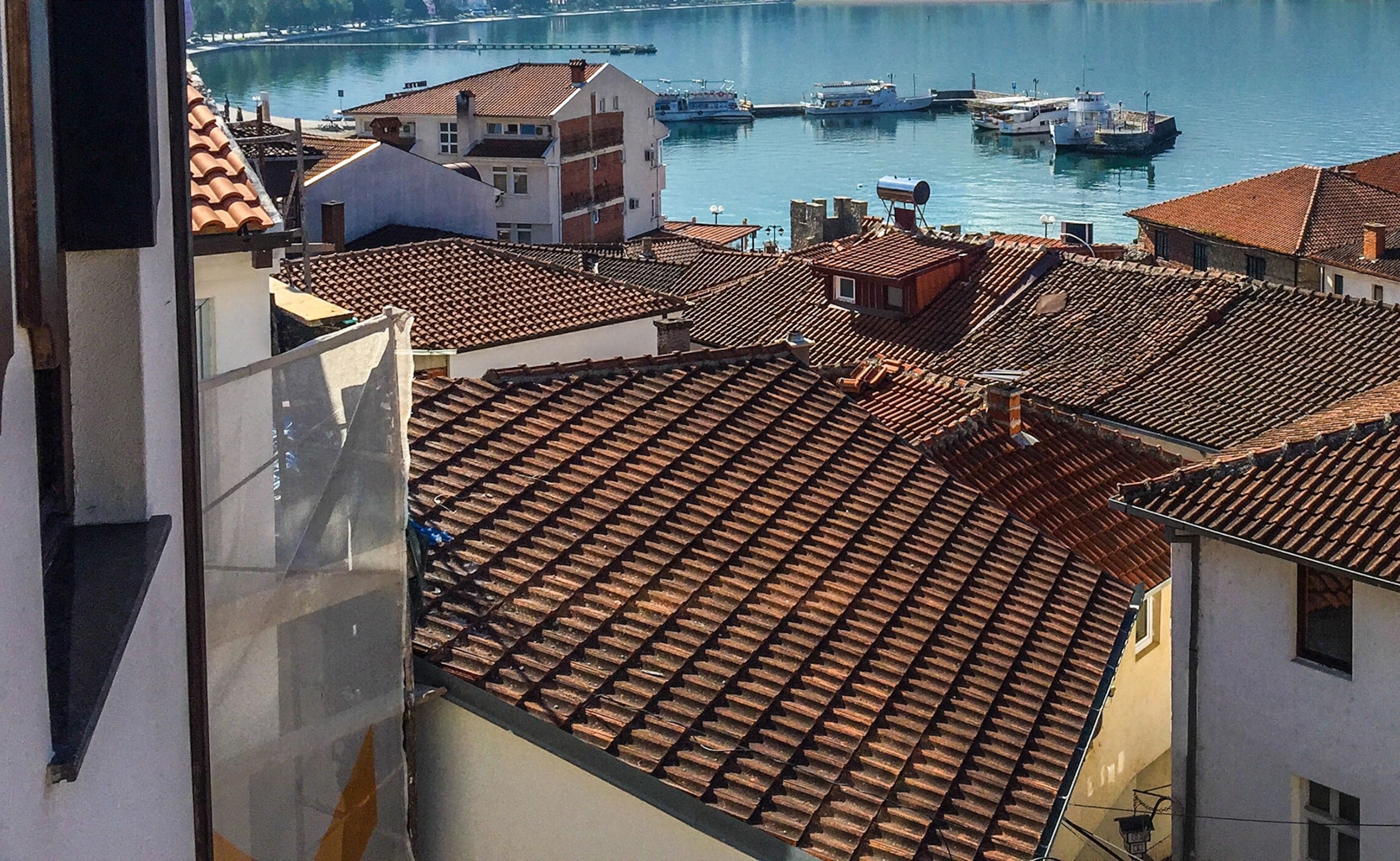
By the fall of the Soviet Union in 1991, the entire region descended into a succession of interethnic conflicts and wars that lasted throughout the decade. Like in Kosovo, where perhaps the last vestiges of the region’s geopolitical struggles occurred, Macedonia too has reinvented itself in the modern age and emerged as an exciting new outdoor destination.
The following day I hop aboard a small cruise boat undulating gently across Lake Ohrid. It’s a massive yet pristine body of water that defines western Macedonia. On the open-air viewing deck, I take in the sunset while the ship carves wakes across Lake Ohrid’s Caribbean-blue waters. I’m headed to the opening night celebration for the Adventure Travel Trade Association’s Adventure Next conference.
It’s a bold and unique initiative, years in the making, that brings together the Balkan Peninsula’s core adventure travel community. The attendees, or delegates, are all leading tour operators, fully committed to an industry going off in the region. Rakia, a fantastic regional aperitif—like Italian grappa wine—splashes during toasts between the delegates. Speeches by the U.S. and Swiss ambassadors and ATTA leadership are memorable. It is the first gathering of its kind, and I feel like I’ve stumbled on something of great geopolitical importance.
Amid exotic gastronomy, local wines, and the international camaraderie taking place, I meet Alex Crevar, an athletic ex-pat from Atlanta, Georgia, who came to Sarajevo in 1997 as an aspiring journalist to cover the war recovery. Crevar is a mountaineer, born from the same cloth as Ibrahimi. Crevar only just recently relocated to Kosovo to see through the completion of the Via Dinarica, the Balkans’ signature alpine trail that now ties the once war-torn countries together.
“It doesn’t have to be a three-month megatrail—it can be an eight-day adventure,” Crevar explains to me the next morning on the lake view terrace of the Inex Gorica Hotel, where we’re sipping espressos and talking about hiking and climbing mountains. “The Balkans are only a bus ride from Italy and you’re in a completely different world.” Crevar has been a visionary of the Via Dinarica Alliance, a coalition to promote the trail as the epic mountain adventure in southeastern Europe. “The region is still undiscovered. In Albania you can stay in nomadic shepherd villages, have a coffee, a cigarette, and a rakia, and you’re off to the next destination.”
While the Via Dinarica is becoming the Balkans’ iconic high-altitude backbone, USAID (the United States Agency for International Development) is part of a comprehensive ground game bringing together governmental agencies, private business, educational programs, and social awareness to help stimulate growth throughout the region. USAID has been a driving force of the ATTA conference and part of an overarching Euro-Atlantic Integration initiative in southeastern Europe, a U.S. foreign policy objective to help various countries meet the conditions for joining the European Union.

“In the early to mid-1990s we opened USAID mission offices in Romania, Bulgaria, and Croatia,” explains Jim Stein, USAID mission director to Macedonia, a seasoned but approachable career diplomat. “Since [those countries] became part of the European Union, USAID missions were phased out. Now we’re working in Macedonia, Albania, Kosovo, Serbia, and Bosnia, and they are still on that path and we’re still assisting.”
USAID also identified the promise of tourism in Macedonia. Prilep, one of the country’s most touted muscle-powered destinations, is already a hub for hikers, mountain bikers, and paragliders, and a touchstone for serious bouldering. But it’s Lake Ohrid’s mysterious deep waters—ancient Macedonian artifacts are still being discovered in the lake bed slurry—that make it a world-class recreational destination with unforgettable diving, sailing, and fishing, and where steep mountains rise up sharply all around.
- National Geographic Expeditions
Bulgaria: Land of Wine and Roses
Several years ago in Switzerland, I met Stela Samouneva and Lubomir Popiordanov, both seasoned mountain guides for Odysseia-in, based out of Sofia, Bulgaria’s capital city. The duo urged me to visit their country to experience Bulgaria’s old-world cultures and the famed Rila Mountains. They kindly gave me a small vial of pure Bulgarian rose oil as a reminder, and I vowed to come one day. When I finally reconnected with Samouneva and Popiordanov on the shores of Lake Ohrid and we began our journey north for Bulgaria’s southwestern wine country, I felt I was finally making good on a promise and coming full circle to understanding the Balkans.
In the unspoiled village of Yavornitza, at the entrance to the family-run Orchid guesthouse, I’m welcomed by a young girl, Tania Manasieva, who offers me bread with crushed salt—a centuries-old Bulgarian greeting. Inside the lush courtyard, Samouneva introduces me to the girl’s grandmother, Roukia Izirovo, a lovely elderly woman who reminds me of my own mother: kind and generous and sharing her love of life through food. Izirovo still prepares authentic regional dishes for all her guests at Orchid and, no surprise, our lunch tastes and feels incredibly special. The cuisine and the traditions here also offer a glimpse into old-world Bulgaria, which for decades remained a mystery behind the Iron Curtain of the former Soviet Union, which collapsed only 25 years ago.
“As a little girl in the 1980s, my parents and I would huddle around just one television at the neighbor’s. There were only one or two channels to the outside world,” explains Samouneva, who still occasionally stops to sing songs from her childhood to her clients while guiding tours in the high peaks of Rila and Pirin National Parks. Much like in Kosovo, tradition and culture here in Bulgaria also seem to have triumphed over politics.
With Bulgaria’s membership to the European Union in 2007 and capitalism now fully rooted throughout the country, rose oil production—exclusively from the Rose Valley—is big business. Originally brought from the Middle East centuries ago, Bulgarian rose oil, which is literally worth its weight in gold—a mere 10-milliliter vial can go for nearly U.S. $200—is purportedly used in up to 70 percent of all the perfumes in Europe. Samouneva takes me to one of the main rose distilleries near Plodiv, where roses are harvested en masse, and then crushed and heated in large steel pressure vats that emit a raw, floral aroma that pleasantly rocks my olfactory senses.
Later that afternoon, in the village of Kalofer, we handpick piles of pink roses from a local vineyard. In the courtyard of the family-owned Tsutsova Kashta guesthouse, we prepare rose petal jam with Nikolay, the owner, and enjoy endless thimblefuls of amazing local rakia.
My journey nears its end as I ride a weather-beaten boxcar train through the mystical Rhodope Mountains, travel-weary yet satisfied. An elderly gentleman in a worn, tattered suit steps aboard, sits down in front of me and pulls out a vintage chest accordion. He begins a folk song from long ago. He’s a modern-day vagabond, hopping train-to-train playing for tips or a glass of wine. I toss a few coins in his velour-lined case and enjoy his performance. Outside the train, the forest rushes by while raindrops pepper my face through the open window. Bulgaria feels sublime and timeless.
Tomorrow night I’ll be in Sofia. I’ll stay in a swanky modern hotel and then fly home. But my journey has reminded me that adventure remains a state of mind, that magical mountains and exotic cultures still exist, and that the spirit of the Balkans still lingers inside me.
Jordan Campbell is a writer, photographer, and award-winning filmmaker. He’s also a Marmot Ambassador Athlete and has participated on pioneering expeditions to India and Tibet and served health-care initiatives in Nepal, Libya, and South Sudan. He lives near Boulder, Colorado.
